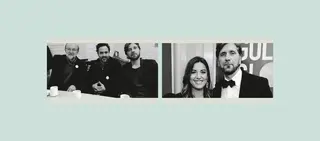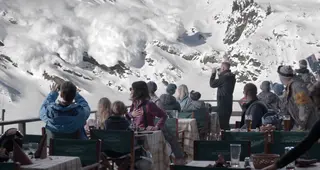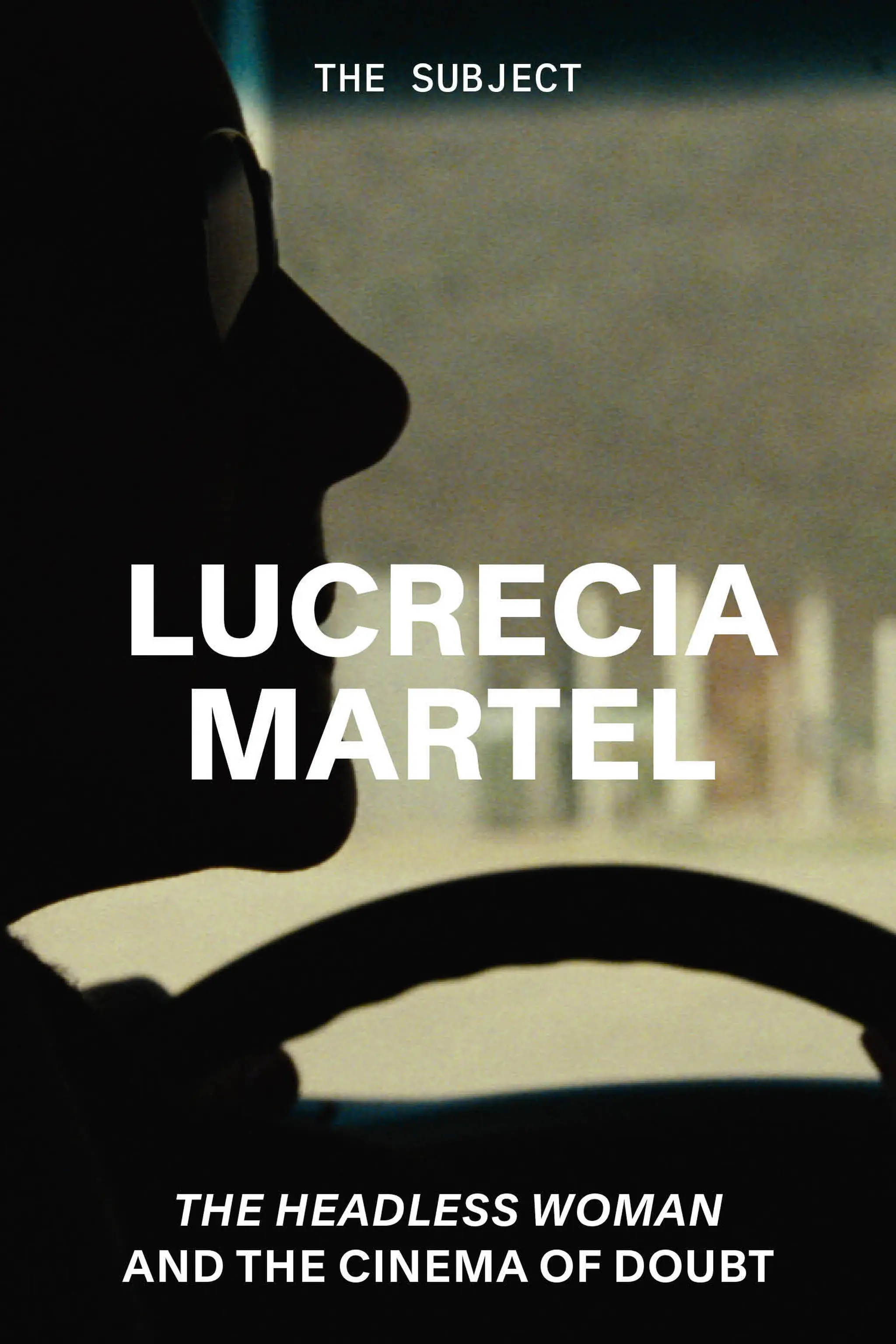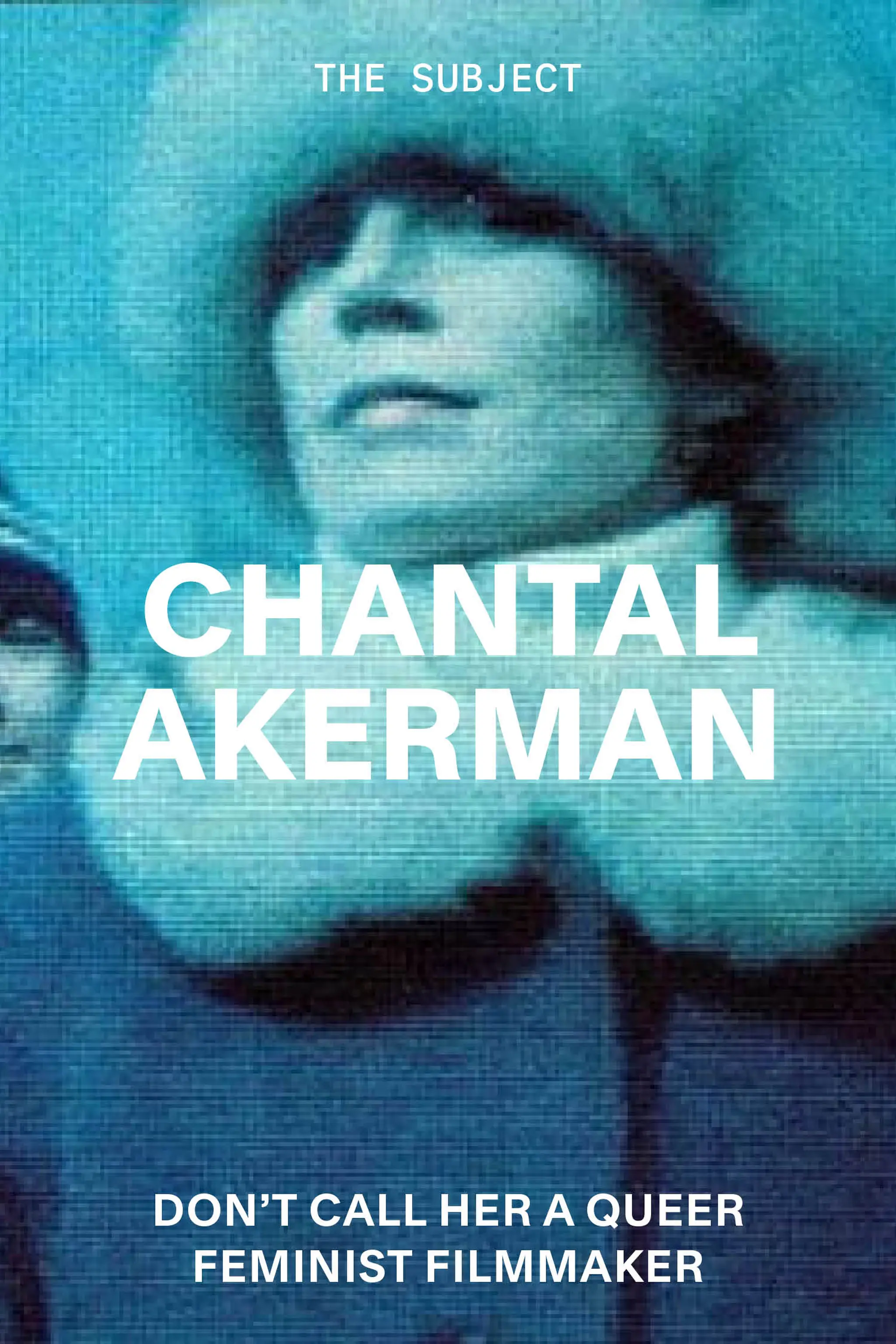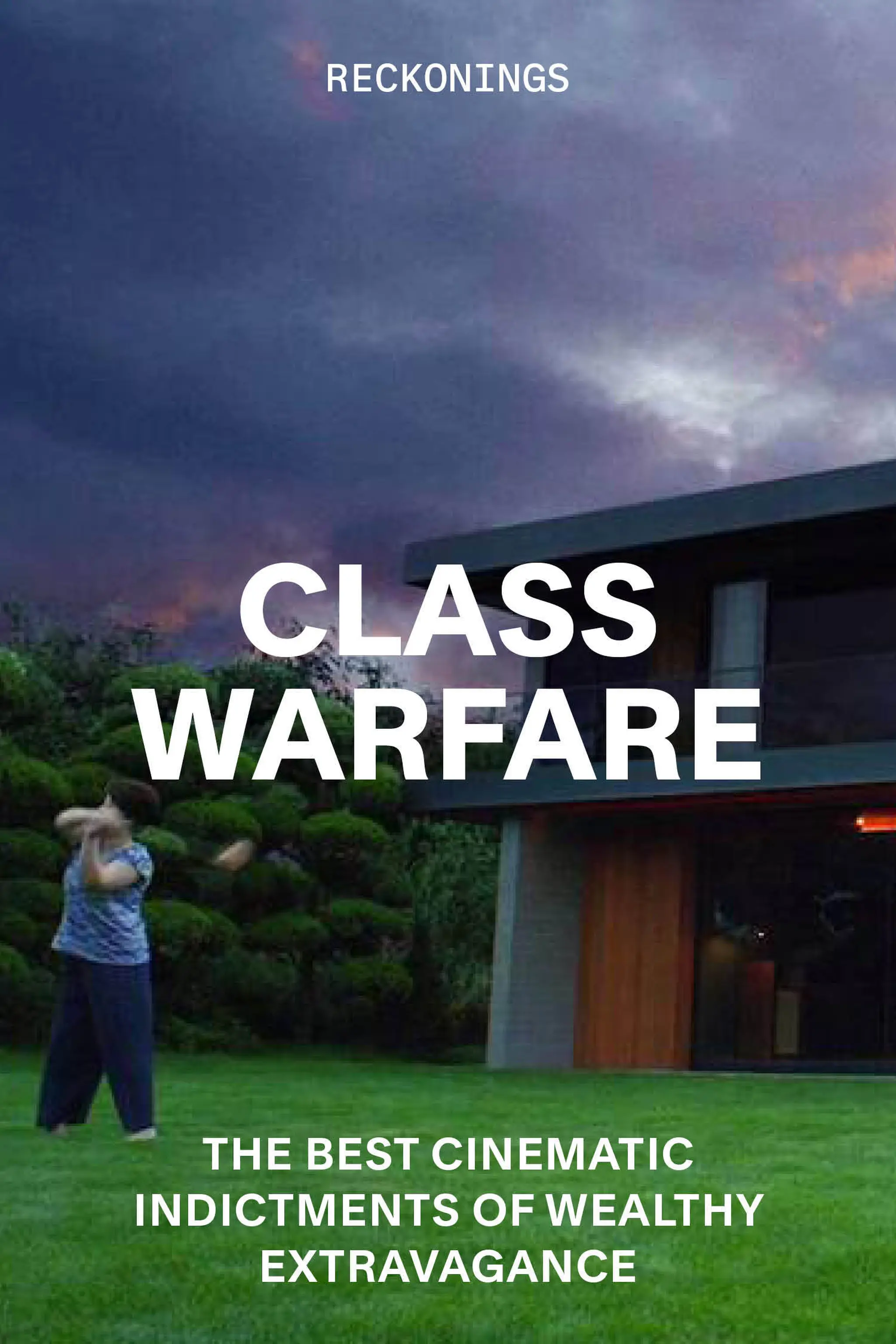Ruben Östlund's Inner Circle
By Kaleem Aftab
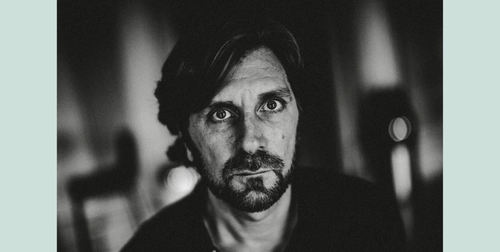
Ruben Östlund’s
Inner Circle
THE TRIANGLE OF SADNESS DIRECTOR ORIGINATES all his
FILMS at a bistro table WITH CLOSE FRIENDS
By Kaleem Aftab
March 11, 2023
Ruben Östlund is arguably the most important director working in European cinema. The Swede’s sixth narrative feature, Triangle of Sadness, won the Palme d’Or at Cannes last year and has been nominated for Best Motion Picture, Best Director and Best Original Screenplay at the 2023 Academy Awards. Östlund will be president of the jury of this year’s Cannes Film Festival. In addition, he’s a professor of film at HDK-Valand, at the University of Gothenburg, and a champion of the cinema experience: At the recent Göteborg Film Festival, he stopped a screening of Triangle of Sadness midway through so he could have a chat with the audience.
Östlund’s last three movies have all sprung from extraordinary elevator pitches. Force Majeure (2014) is about a father who saves himself rather than his family from an avalanche; in The Square (2017), the artistic director of a Stockholm gallery mounts an exhibition about safe spaces while losing his own moral compass when his cell phone vanishes; and Triangle of Sadness is a three-chapter look at inverted power dynamics aboard a yacht full of billionaires that hits turbulent waters.
Over a coffee at a London hotel this winter, the director, 48, discussed how he comes up with the ideas for his movies, using methods partly inspired by an art collective to which his great-grandfather belonged. Östlund’s process is unusual, involving collaboration with two friends and his wife, plus telling everyone he comes into contact with the plot in detail. He is both a singular visionary and a sponge for feedback.
I read that you usually hang out with the same two people when coming up with the idea for your films?
If you have a couple of brains working together on an idea, it can work much more efficiently than sitting by yourself. In every great conversation when you have stimulating dialogue, you’re like a couple of people playing ping-pong: You shoot the ball and the ball bounces around. For me, when trying out ideas and talking about what to do next, it’s primarily with my fellow filmmakers Kalle Boman and Erik Hemmendorff. We’ve known each other for 25 years. My wife is also involved in the process later. We constantly discuss the state of society, what we are upset about, what we feel is disturbing and what we want to change. Kalle Boman is 79 now; he started in the film industry in the ’60s, when making a film was very connected to a political movement. That kind of attitude is also inherited by me and Erik, who were born in the ’70s. We have a similar background and went to film school together, where we had Kalle as a mentor and teacher from the beginning. There are many ideas in the tradition of the French New Wave, that the personal is political, etc. That idea is quite strong in the mentality of this group.
And how do you come up with the premise of a film?
It comes all of a sudden. You say something; maybe it’s a simple sentence like, “Okay, the entertainment system is down.” Then you imagine a film that takes place on a long-haul flight, where the passengers get the horrible news that the entertainment system is not working after takeoff. Then you start to spin around that idea—why is that interesting? Then you start crouching like a tiger. You feel like, “Shit, this can be so good.” And you just want to attack. There’s no better feeling in the world. It can only happen when you start on the project. Of course, when you’re cutting the film, you say, “Oh my God, this is so good.” But when you get the smell of an idea—nothing gives me more energy. For me it shows that this profession has nothing to do with money. The core of it, the joy you get from that moment, is entirely different. You imagine the audience watching and laughing.
Where do you three have these brainstorming sessions?
After we have had the film premiere in Cannes, Erik, Kalle and I go to this little bistro on one of the back streets of Cannes. We sit down at the same table every time and say, “Okay, what is it that we are going to do now?” And then the next project is decided. This tradition has been the same for my last five films.
So it’s more of a collective experience, coming up with the film projects?
It may come from my father’s grandfather, who started an artist collective in Sweden called the Halmstadgruppen. It was a surrealist painters’ group. I was brought up with stories about this art collective. My father’s dad always talked to these artists and said, “Okay, you can fight as much as you want. But you have to stay together as a collective because otherwise you will not be strong enough; your voice will never be heard.” And if you look at the artists individually, they would probably be forgotten today, but because they stayed true to this collective and existed for a long time, they’re still recognized in Sweden. The idea of the collective is also something that I have brought with me into the idea of being a filmmaker.
![]()
Triangle of Sadness, dir. Ruben Östlund, 2022
Kalle was your professor at school—did you like him from the first lesson?
He started in film when he was around 20 and quickly became known for his work with Roy Andersson. When you go to film school, many teachers are there because they have not succeeded as filmmakers. They still can be good teachers, but sometimes they lack the experience of success that all the students crave. So how do you teach someone about being a successful filmmaker if you don’t have the experience? The thing with Kalle was that the first film he worked on was Andersson’s A Love Story, which was a huge success in Sweden in 1970. The second film they made together was Giliap, a complete disaster. So here we have someone with experience of both the ultimate success and the ultimate disaster. It’s a guy who knows what he’s talking about. If there is one single person in Sweden who is the common denominator for the Cannes Film Festival and the success of Swedish films internationally, it’s Kalle Boman. He was skilled in sorting out what you actually need to be a capable director. Kalle can say small sentences that could make you think of things in a completely different way. I can give one example: While making Force Majeure, I was having panic attacks dealing with shooting under pressure, and at the same time, I was a hypochondriac. One day Kalle said, “Just embrace the panic attack when it comes. Say, ‘Ah, how interesting the body can react this way.’” All of a sudden, I had a tool to handle that situation. Most of all, he’s been helpful when it comes to talking about work.
With Erik, how is that relationship?
Erik? It’s different because he and I are at the same stage in life. We also both have small children. So family life has influenced our relationship, even when we’re trying to socialize together without them. If we were a couple, we would have divorced. [Laughs] We have fun talking on the phone about our lives and work. Yes, I would feel very lonely if these guys weren’t around me.
When you’re talking to these guys, do you write your ideas down?
Constantly. The best ideas I don’t have to write down because they resonate so strongly. But you look for that little something—it can be only a sentence, such as the avalanche in Force Majeure: “Swedish family on ski holiday in the Alps. Father runs away when he should protect his family.” It’s very often a simple thing at the core, and you see its potential.
I saw the play Moonlight and Magnolias, about rewriting the script for Gone with the Wind. It depicts three people stuck in a room for five days, who can only leave once they produce a script. At the bistro table, do you feel like you're locked away?
When we’re talking, it’s only freedom. That’s why it’s the best part of the process, because nothing is impossible. And when you start to narrow it down, and you see this is the idea and then decide which elements should be included in it and what should be taken out, you have limitations. When I’m thinking about an idea, I think about the context it will be presented in and where I want to see it. I want to see the monkey imitation scene from The Square in the Lumière theater at the Cannes Film Festival with people wearing tuxedos. I want to see the vomiting scene from Triangle of Sadness in Cannes. The thought about when people will experience these moments is always connected with the idea in some way.
![]()
From left: Kalle Boman, Erik Hemmendorff and Ruben Östlund (photo: värnamo.nu); Sina Görcz and Ruben Östlund
You mentioned how important it was that Kalle had considerable film experience when he was your professor. Now that you have taken on the role as an adjunct film professor at HDK-Valand, at the University of Gothenburg, are you that teacher?
I can only give my experience when talking to the students. I really want the students to step away from the old myth about the genius director and so on. That is a big part of teaching film directing, because all of them have this mystified idea about what it is to be a director. The first course is learning how to talk about your idea. Tell me about your idea. Try out your idea by telling it to other people, because when you’re talking about it, you will get to know if it works or if you have to formulate it differently. Other people can also fill in and give you experiences that you don’t have yourself. That is really a big part of the work. I’m trying to remove the myths about being a creative in the film industry.
Aren’t the myths exactly what have historically made the position of the director so exalted?
Of course it is. It’s very connected to Bergman.
Exactly. The island, the recluse, the mythic figure inspired by some greatness?
When you look at Ingmar Bergman talking, he’s actually not building that myth himself. I think it’s created by people who can make money on that myth. When he was talking about his work, he was very concrete. It’s about putting your hard work in there.
So what happens after you’ve had this meeting at the bistro? Do you run off and start writing?
One of my strengths as a director is that I am a long-distance runner. I can stay with an idea for a long, long time. I only like to work on one film at a time. I have worked on each of my films for three years, from the initial idea until it’s finished. With Triangle of Sadness, it took five years because of the pandemic. I go away with that idea and keep it with me, thinking about it, and as soon as something is interesting that is connected to the idea, I write it down. If I get a groundbreaking idea, I immediately call Erik or Kalle. It’s nerve-racking when you do it because you have to listen to how they react to the idea. Sometimes Erik’s like, “Yes, there it is.” Sometimes there’s a kind of silence and…“Fuck, I thought it was such a good idea.” Then I think, Did I not explain it in the right way? So it’s important that I don’t let go of something I’ve been thinking about only because someone is not reacting in the way I want them to. Then I have to fight for my idea until I also understand the way that I should tell it, or if I should let it go.
Do you enjoy these hurdles? Is there joy in the journey?
Definitely. What you live for is those moments when things are racing above your expectation, and you get that crouching feeling. The problem is that the more experienced you get, the harder it is to get to that peak moment, because you have experienced it so many times before. You’re always comparing this peak moment, wondering, Is it better? You want to push it further. So, what happens now is that the peaks are shorter and you have to fight harder to get a peak. Back in the day, you could get a peak and live on that peak for two weeks. You didn’t need stamina in the beginning. You were filled up from the beginning to the end of the production. It’s also interesting when you use the people around you, as there’s one guy who’s always very positive, or my wife, who’s always very critical. You have to decide when to use them. Sometimes you need that positive guy to say, “Yeah, this is great.” After that, you wonder, Dare I tell Sina or Erik?
![]()
The Square, dir. Ruben Östlund, 2017
Do you think your wife, Sina, gives a different perspective because of gender or because she comes into the process later?
Of course, it’s a little bit of gender. The kind of experiences she’s had are very different. But also, since we are so close to each other, hers is probably the most painful criticism I can get. I don’t know why it is like that.
Because you love her, right? In some way, you want your partner to idolize you.
Yeah, it could be that. For example, when I’m suggesting two actors and my wife says, “No, not that one,” I know it’s going to be a problem for me to choose the actor because I’m going to hear this voice in my head. I know I have to struggle, because if I pick that actor I have to get her on my side because I can’t listen to her criticizing this decision. Then I have to live with someone who is not on my side if I don’t manage to get her over to my side. That goes for many of the decisions in the film. She has a strong opinion about things, and it’s fucking hard when someone has a strong opinion and doesn’t give me respect. I think that is a problem, being too close to someone else. I have to say to her, “I won the Golden Palm two times. You have to listen—I know what I’m doing.”
And I guess she replies, “You know why you won the Golden Palm? Because I gave you no respect!”
Exactly, that’s what she says.
How much do you trust your screenplay when you go into production? Is it a template?
It depends on the idea. Sometimes if you have a very strong idea, and the concept is the core of the scene, then the exact words that the actors use are not the most important thing. Sometimes you fall in love with a couple of sentences; then the actors know they must say this. Other parts are freer. It’s very important when I’m shooting that I know where I’m going. When I start to play out the scene in front of the camera, many parameters have changed from when I started thinking about the scene to when it’s visualizing in front of me. I often work with a master shot, where everything has to work in one single frame, so I don’t allow myself to solve issues in the edit. I want to be a director who believes in the scene and solves problems on set. But what happens to me when I’m on set and I start to shoot, I think, Fuck, this is horrible. Then you begin to sculpt the scene to make it into something. For me, the hardest scenes to shoot are the ones that are conventional. Because as soon as you do something a little conventional, you just cringe because you feel this is not adding anything. So the challenge is to try to push that scene until suddenly you see something new. For example, in The Square, where the art piece is making this sound, it was an aha moment, as it added something to the scene of the couple talking. Then you feel happy because you have a sense of it.
Sense is not something that can be taught; sense is a feeling. How much of your directing is intuition?
Isn’t it interesting with the creative process? Because when you have a strong idea of what you’re going to do and you don’t reach it immediately, then you’ve given yourself the toughest challenge. You can either say, “Shit, I was wrong,” and start to go in another direction, or you can stay at it and try to push it so it works in a way that you have in your mind. And if you’re on a set—and it’s very expensive to be on set—then you have an economic pressure on you that is like, If you don’t solve this, this is going to be a disaster, as we might not have the budget to keep on shooting. You end up in a dilemma: Should I stick with this idea that’s not working, or should I try a different direction? That’s why, when I’m on set, I have to be completely alone when I’m sitting, watching the monitor. I can’t have someone standing over my shoulder when it is me who has to make that decision. That’s why it’s horrible to be on set. Every day is horrible. Some of the days end with a fantastic feeling. But every day is horrible.
“THAT’S WHY IT'S HORRIBLE TO BE ON SET. EVERY DAY IS HORRIBLE. SOME OF THE DAYS END WITH A FANTASTIC FEELING.”
So why do you do it?
Because it can be such a payoff when it becomes great. Maybe I’m exaggerating! Horrible compared to what? I’ve been working in cinema for 25 years, and isn’t that fantastic? It’s very hard to give that up. It has to be painful sometimes. And I’m willing to let it be painful sometimes just because it’s also fantastic.
The final part of the process is editing, and I can imagine everyone has their views. Or is that also you sitting alone?
What I do is I cut the scenes individually first. Then sometimes I’ll show the individual scenes during the process. Then, in the end, I put the whole film together, and we sit down and watch my initial edit as the first version of the film. At this moment, I want to bring in everybody, as this ensures everybody has the same reference when talking about the film. That screening is always very painful because those individual cuts are working in the scene, but when you’re watching it all in one go, the film never works. In every single film I’ve made, the sensation of that screening is how bad it is, and I think I will not solve it this time. We managed the last time, but this is a completely different case. This time it will not work out. It’s very interesting how that feeling can be so strong, even if I know I’m going to feel like that. Even today I am still doubting. But I know exactly what material we have and the possibilities. Then the viewers come up with a lot of suggestions that make me think, Well, you’re stupid. I have to sit and be very patient because so many things are completely out of context and 99 percent is going to be bad. Then comes something great.
Do you have a consistent editor you work with?
I work with a French producer, Philippe Bober, who has an absurd stamina when it comes to editing. He is willing to go so far when it comes to editing and redo, redo, redo. It’s very interesting to see a producer, who should be interested in money, and I think he is, but he believes that if we make a better film, he will make more money. When you show him the first version of the film, he has a conversation with a couple of people watching the film. I’m not participating, and they record this conversation. And you know, when the director is not in the room, they can be so harsh. It’s also people with prestige, so there’s a status war in the room itself. “I think the scene with the tree is boring—take it away!” “Why does the film start with such an ugly shot?” Then you get the transcription….
![]()
Force Majeure, dir. Ruben Östlund, 2014
Do you take those notes personally, or are you able to distance yourself?
Something important is that Philippe doesn’t see anything personal in it. It’s about the film. And even though it’s hard to disconnect yourself from what you have produced, I have to look at it as something that is not me. The three last films, I’ve had a lot of screenings together with an audience, because the rhythm and dynamics of the film are completely different if you watch it with 50 people in a room who do not have a clue what the film is and have not been part of the process. Sitting in a room with them lets you tell immediately if their concentration and attention go up and down. So you actually don’t have to ask the audience many questions, because you can sense their reaction while sitting in the room. A journalist once told me that when they were editing A Fish Called Wanda, they did 12 screenings sitting together with the audience just to fine-tune the humor. If you’re making a film for the cinema, you must work that way. Because that’s the biggest difference between the cinema and watching alone at home—a group of people will change the film’s dynamics completely.
At the Göteborg Film Festival, where you are the honorary president, you went further by having an intermission in Triangle of Sadness and getting the audience to discuss the film. So you’re now taking away passive viewing to make it immersive and interactive.
There’s one unique point with the cinema: When you’re watching things together, it also makes you reflect on the content differently. So if you look at this dopamine scrolling habit that we have with cell phone screens, it’s crazy how we consume images that we don’t reflect on. And these images are going to change us. We live in a time now where our next generation is going to be brought up by 14-year-old influencers. They are not watching Sveriges Television or BBC children’s programs anymore. Before, we had a world where we were deciding, “This is what we want you to look at when you’re growing up.” Today we have no control over that anymore. It’s super-big tech companies that are giving people what they want rather than what we believe they need. And I strongly believe that we don’t even know how significant the impact of what we are watching is on our behavior and how we perceive the world. It’s scary to think about what is going to happen to the next generation. So we desperately need a room where we verbalize and talk about what we see. We don’t only have to watch things that are good; we can still watch TikTok. But when we watch in the cinema, we can have a critical discussion about it. If we look at a country like Sweden, the culture of the audience is that people sit there and they hide. But if you go to the cinema, you have to have a viewpoint: It has to be like the pub. It has to be like you’re standing there in a discussion—“What do you think?” But it is rare today that we’re watching things together. In Sweden, we watched TV together back in the day, and people no longer do. The only program we gather in front of the TV to watch together is the Eurovision Song Contest. Even football we watch by ourselves. The pub has to move into the cinema so we can discuss society.
“THE PUB HAS TO MOVE INTO THE CINEMA SO WE CAN DISCUSS SOCIETY.”
Your films have a built-in ambiguity. How do you find these gray areas?
That is very interesting. For example, The Square started with this art piece that Kalle Boman and I created. The Square was something that we built in a couple of cities in Sweden. I was working with that for a long time, and thought I would be unable to turn this art piece into a film because I couldn't get the hook of it. But then the idea of the publicist came up. So these guys are trying to promote an artwork with humanistic values, and they realize it’s impossible to show that if we don’t create a conflict. At that moment, I knew there it was. When it came to Triangle of Sadness, I knew when it became the fashion world, luxury boat and deserted island, upending a pyramid on the deserted island with the cleaning lady taking command. There the idea is. For Force Majeure, I was thinking from the beginning about having four different stories in a tourist environment. So rich people go on vacation and have an incident that makes them react like it’s the end of the world. When I pitched this idea, I told a friend about the ski resort and the family there—my idea was that all of them should run away from the avalanche, and then they have to go back and eat lunch, feeling ashamed that they reacted so strongly. Then my friend says, “What if only the father runs away?” It became a film at that moment. I keep on looking for that moment when you feel the film. I don’t feel it 100 percent with my new idea. But I’m very close to feeling it. Can I tell you about my new film? It’s called The Entertainment System Is Down. At the beginning of the film, we get to know that flight number da-da-da crashes and everybody dies. Then we see someone running like crazy to try to catch a plane, and we realize they are running to try to catch the flight that is going to crash.
So we hope they don't make it?
We hope they’re not going to make it, and as they are getting onto the flight, in a very macabre way, you understand how a father is sending his two children to death basically without knowing it. Then we are on this flight, I’m thinking about a 17-hour flight, and the entertainment system is not working. It goes on and off. Some screens are working, but that’s not the important part. What made me feel completely safe with the film was that I came up with the idea that instead of the vomiting in Triangle of Sadness or the monkey performance in The Square, I’m going to have a scene where people are completely bored. And I think that is going to be the most controversial scene I’ve made, where the passengers have to deal with there being no entertainment and they are sitting there looking at the clock. I don’t know how many minutes you have to go on before people in the audience start freaking out.
Not long these days. I think today’s problem with society is that no one is allowed to be bored. That’s why cinema is dying, because you’re not allowed those moments of boredom in life. After all, you can reach for your phone. Society and capitalism don’t want you to have that moment of downtime where critical thinking can happen.
Yeah. I agree with that. Capitalism is only capitalizing on the fact that we hate to be bored. There’s a sociological study where people go into a room and do nothing for 15 minutes, but the test person doesn’t know how long they will be there. So they go into this room, and afterward they describe it like it’s torture. It is complete torture to be left there alone with your thoughts. It’s horrible. Then they added a feature: If you wanted to, you could push a button and give yourself an electrical shock. And this electric shock was very painful, but it was not harmful. And over 40 percent of the test people pushed this button and gave themselves an electrical shock. I really want to investigate what happens on the other side, when we take away that digital distraction. Some literature professor wrote an essay arguing that we didn’t end up in 1984, but we ended up in Brave New World. We are controlled by a small entertainment machine that we love, but we are complete slaves to it—such an accurate description of how it is today.

